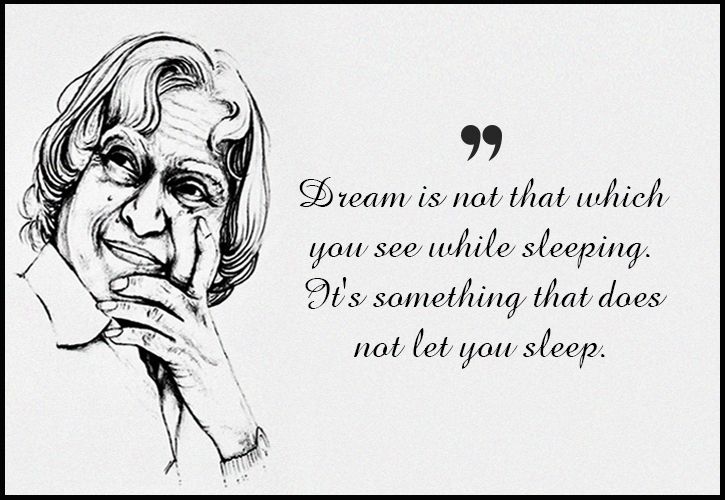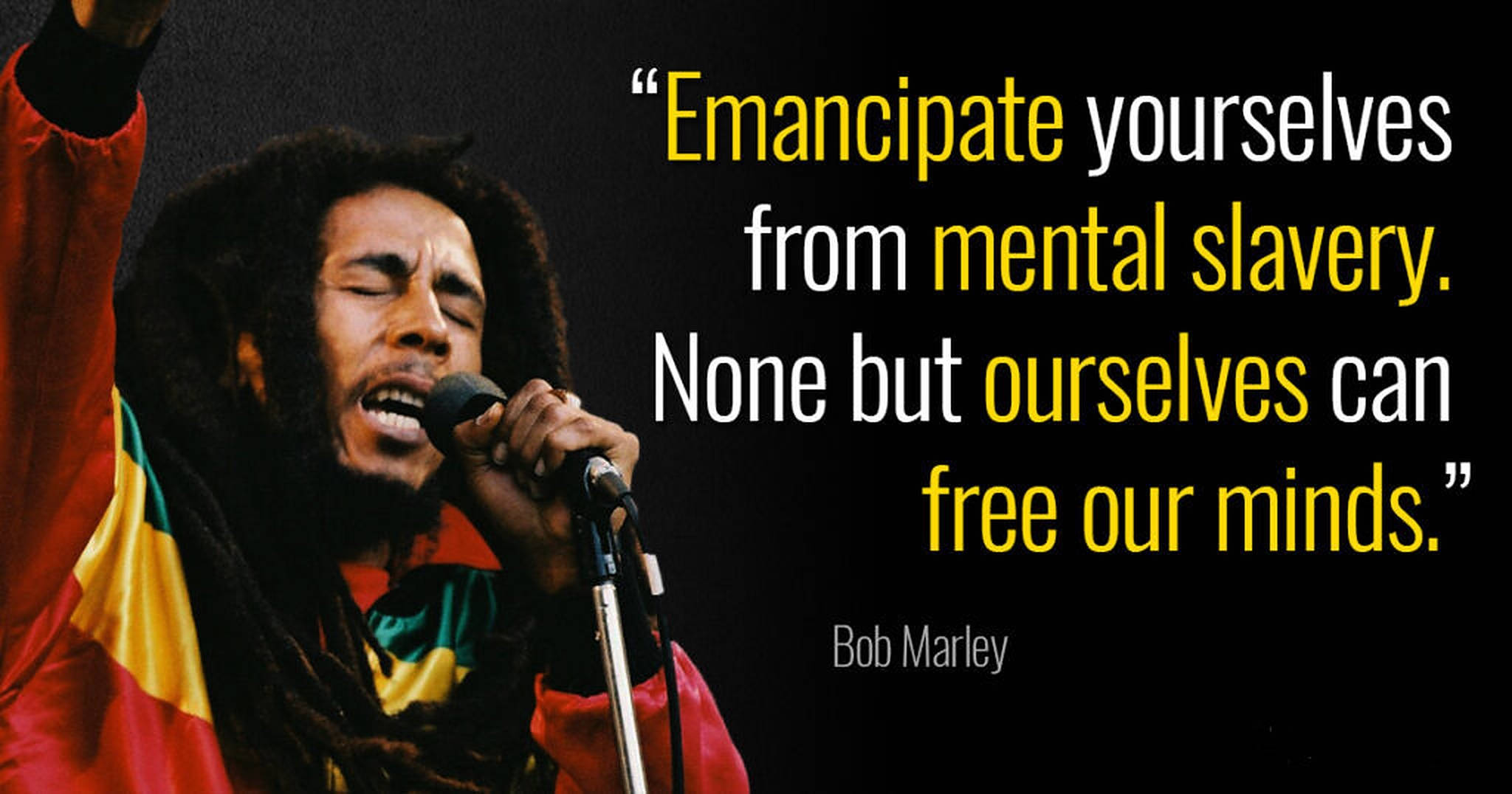Embracing Failure: How to Turn Your Setbacks into Success Stories

Society often presents a distorted image of success, where failure is seen as a taboo and a sign of weakness. However, it's important to understand that failure is an integral part of our journey towards success. It is important to celebrate failure, recognizing it as a valuable learning experience, and adopting a resilient mindset that pushes us to persevere and never give up.
Celebrate Failure
We should learn to celebrate failure just as we celebrate success, because both are essential to our personal and professional growth. Embracing failure allows us to build resilience, adaptability, and self-awareness. It helps us gain valuable insights into our strengths and weaknesses, allowing us to make the necessary adjustments to ultimately succeed.
F.A.I.L. is First Attempt In Learning
The acronym FAIL—First Attempt In Learning—reminds us that failure is not the end but rather the beginning of a learning process. When we experience failure, we should consider it as an opportunity to learn, grow, and improve. By approaching our failures with an open mind, we can identify areas for improvement, develop new strategies, and ultimately turn our failures into future success.
Decorate Your Failure Wall with Learnings & Takeaways
Creating a "failure wall" can be a powerful way to learn from our mistakes and build resilience. By documenting our setbacks, we can track our progress and gain valuable insights into the lessons we've learned along the way. This process also helps us develop a growth mindset, as we learn to view our failures as stepping stones towards success rather than insurmountable obstacles.
To Not Give Up is the Mindset to Have
Adopting a never-give-up mindset is crucial to overcoming setbacks and achieving our goals. This mindset involves cultivating a strong sense of determination, resilience, and perseverance. By focusing on our long-term vision and remaining committed to our goals, we can bounce back from failure and continue moving forward, regardless of the challenges we face.
KFC Founder's Inspiring Journey to Success
Colonel Harland Sanders, the founder of KFC, is a prime example of someone who refused to give up despite facing numerous setbacks. Sanders experienced dozens of failed business ventures before finally achieving success with KFC in his 60s. His story serves as a powerful reminder that persistence, determination, and a never-give-up attitude can lead to success, even in the face of repeated failure.
You Miss All the Shots You Don't Take
This popular quote, often attributed to ice hockey legend Wayne Gretzky, reminds us of the importance of taking risks and seizing opportunities. By not trying, we automatically fail, whereas taking calculated risks and learning from our failures can lead to personal and professional growth. Embracing failure as a natural part of the learning process enables us to take more chances, push our boundaries, and ultimately achieve our goals.
Emancipate Your Mind from Mental Slavery
To truly embrace failure and learn from it, we must first free our minds from the mental shackles that hold us back. Mental slavery refers to the limiting beliefs, fears, and negative self-talk that can prevent us from realizing our full potential. By actively challenging and overcoming these mental barriers, we can cultivate a growth mindset that allows us to view failure as an opportunity for growth rather than a reflection of our worth. Emancipating our minds from mental slavery involves recognizing our self-imposed limitations, questioning their validity, and replacing them with empowering beliefs that support our personal and professional development.

Think Big, Execute Bigger
Thinking big involves setting ambitious goals that push us beyond our comfort zones, while executing bigger refers to taking bold and decisive action to achieve those goals. By adopting this mindset, we can turn our failures into valuable learning experiences that fuel our growth and propel us towards success. It's important to not only dream big but also to take consistent and strategic action to bring those dreams to fruition.
To think big and execute bigger, consider the following steps:
- Set audacious goals: Aim high and challenge yourself with goals that may initially seem unattainable. Remember that the journey of a thousand miles begins with a single step.
- Develop a strategic plan: Break your big goals into smaller, manageable tasks and milestones. Create a roadmap that outlines the steps you need to take in order to achieve your goals.
- Embrace calculated risks: Be willing to take risks and experiment with new ideas, approaches, or strategies. Recognize that failure is a natural part of the process, and use each setback as a learning opportunity.
- Stay adaptable: Be prepared to adjust your plans as you learn from your experiences and encounter new challenges. Stay open to change and be willing to pivot when necessary.
- Maintain a growth mindset: Continuously seek opportunities to learn, grow, and improve. Embrace feedback, learn from your mistakes, and use every experience—positive or negative—as a stepping stone towards success.
Bonus:




